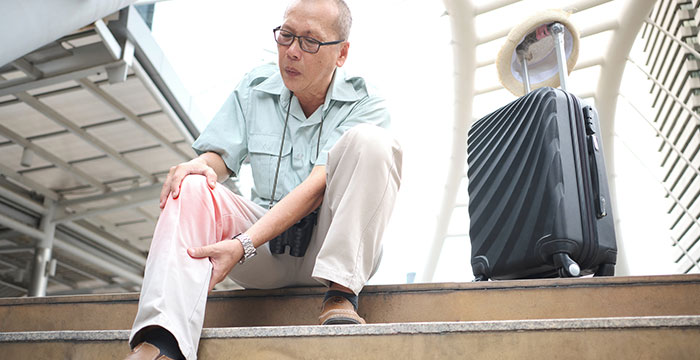Health - What is Osteoarthritis?
Credit: Caregiver Asia Malaysia
Credit: Caregiver Asia Malaysia

Osteoarthritis is a type of arthritis. It refers to joint pain or joint disease. Osteoarthritis affects tissue that covers the ends of bones in joints (cartilage). Cartilage acts as a cushion between the bones and helps them move smoothly. Osteoarthritis occurs when cartilage in the joints gets worn down. Osteoarthritis is sometimes called "wear and tear" arthritis.
Osteoarthritis is the most common form of arthritis. It often occurs in older people. It is a condition that gets worse over time. The joints most often affected by this condition are in the fingers, toes, hips, knees, and spine, including the neck and lower back.
This condition is caused by the wearing down of cartilage that covers the ends of bones.
The following factors may make you more likely to develop this condition:
The main symptoms of this condition are pain, swelling, and stiffness in the joint. Other symptoms may include:
This condition may be diagnosed based on:
There is no cure for this condition, but treatment can help control pain and improve joint function. Treatment may include a combination of therapies, such as:
Follow these instructions at home:
This information is not intended to replace advice given to you by your healthcare provider. Make sure you discuss any questions you have with your healthcare provider.